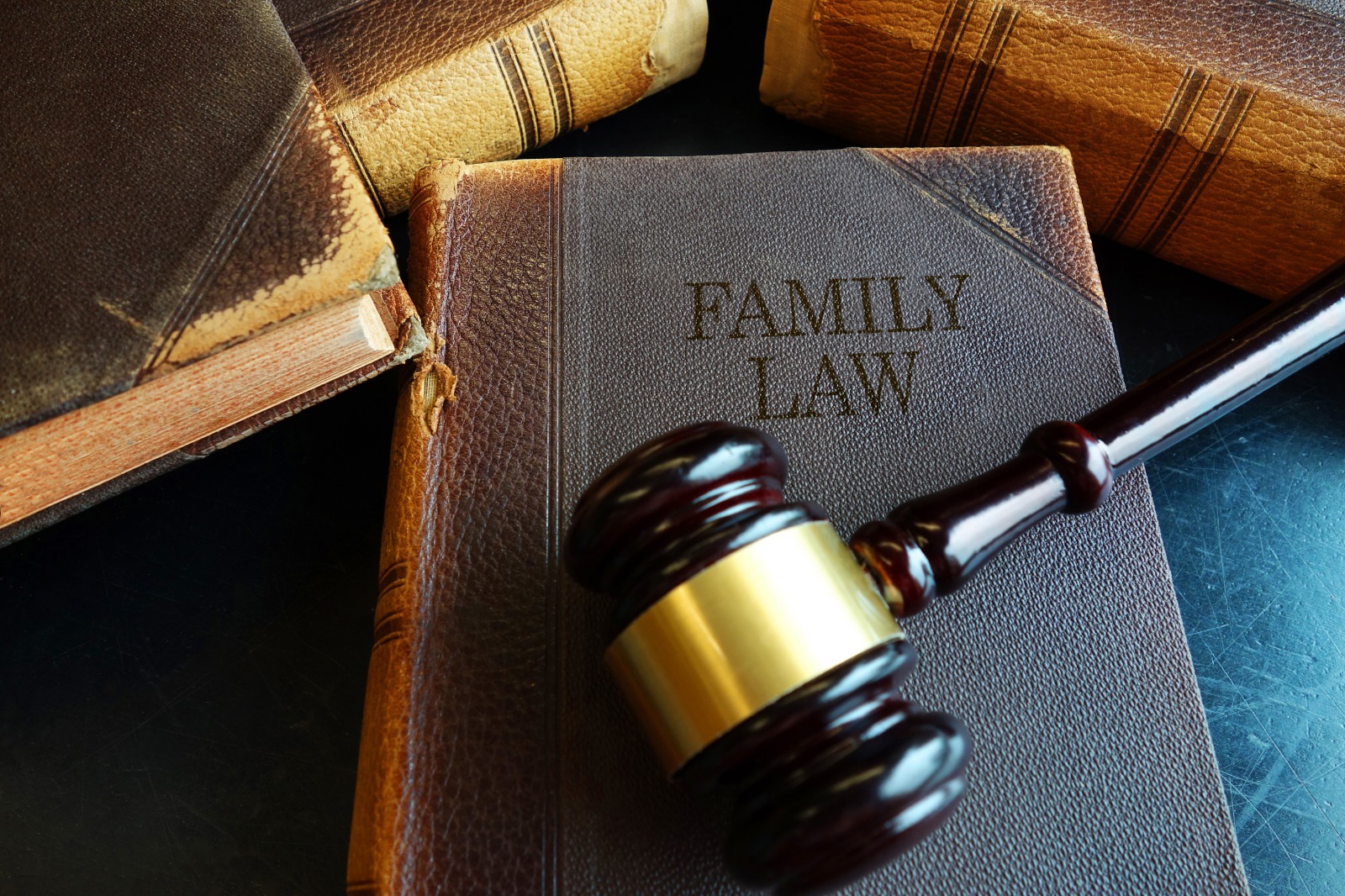
Divorce
Deciding to file for divorce is one of the hardest decisions you will ever make. In Arizona, divorce is called a “Dissolution of Marriage.” Many factors will determine how easy or difficult your divorce will be. When spouses both agree on all terms of their divorce, the divorce is uncontested. When spouses cannot agree on one or more terms of a divorce, the divorce is contested. Contested divorces last longer, cost more, are unpredictable and are more stressful for everyone.
Regardless of whether your divorce is contested, the process to begin your divorce is the same. The spouse who initiates the divorce is called the petitioner. They are called petitioner because they are filing a “Petition for Dissolution of Marriage.” A Petition for Dissolution is filed with the Clerk of the Court. Your case is then assigned to a judge. The person who did not file for divorce is called the respondent. Once the petitioner files, both parties must wait at least sixty days for the divorce to be finalized. This time period is even required when both parties agree to divorce and want to proceed.

Requirements for Divorce
Arizona requires you or your spouse to have lived in the state for at least ninety days prior to filing for divorce. You must also believe your marriage is irretrievably broken. Arizona is a “no-fault” state, meaning only one spouse must believe the marriage is irretrievably broken. Courts are generally unconcerned with the reasons for your divorce.
The spouse initiating divorce (Petitioner) prepares a Petition for Dissolution and files it with the Clerk of the Court. In addition, several other documents may need to be prepared, including:
- Family Court / Sensitive Data Cover Sheet
- Summons
- Preliminary Injunction
- Petition for Dissolution of Marriage (Divorce) With or Without Children
- Notice of Right to Convert Health Insurance
- Parent Information Program Order and Notice
- Affidavit Regarding Minor Children
- Notice Regarding Creditors
Filling out the required documents can be confusing. Hiring a family law attorney can help you get it right the first time and avoid unnecessary delays. After preparing the proper documents correctly, the petitioner will then “serve” the documents on the other spouse, called the respondent.
If minor children are involved, they must have lived in Arizona for at least the prior six months before the divorce can go forward. There are a few exceptions to this, mainly relating to cases involving domestic violence or child abuse.
Service is how your spouse will receive the documents you filed with the court and other required documents. There are several types of service, including:
- Acceptance of service
- Service by mail
- Using a process server
- Service by publication
The court needs proof of service in order to proceed with the divorce. What happens after you provide the court with proof of service depends on what the person who was served does. Most people who are served will respond to the petition in a document called an answer. If they do not respond within the required time frame, you may ask the court to enter a default judgment at a default hearing.
If your spouse does not respond in writing, you may ask the court to proceed with a default hearing. Default hearings may occur only after sixty days after the date your spouse was served. You will need to attend the default hearing and bring the proper documents. If the other party does not attend the hearing, the court will issue a “Decree of Dissolution.” Because your spouse did not bother to contest any of the issues, the case is generally decided on your terms.
If your spouse responds to the initial petition or attends the default hearing, the court will likely set a resolution management conference.
The purpose of the resolution management conference is to get your judge up to speed on any issues you or your spouse may have. Normally, prior to the resolution management conference, your judge will only have the initial petition and any response to it. The resolution management conference is designed for both spouses to raise any issues they may have in front of the judge. The judge may also make temporary orders on issues like legal decision-making, child support, spousal maintenance and other important issues. Temporary orders normally last the entire time the divorce is pending but not finalized.
Consent Decree
Consent decrees are used in uncontested divorces. After the sixty-day waiting period, either party can file a consent decree with the court. The consent decree includes the details of all issues related to the divorce, including:
-
- Legal decision-making (child custody) and parenting plans (visitation)
- Child support amounts
- Spousal maintenance (alimony)
- Property division
- Debt division
Consent decrees may be submitted by mail, online or in person.
Trial
If the parties cannot agree on even one issue, the divorce is considered contested and a trial is necessary. Contested divorce trials range in complexity. It is always in the best interest of both spouses to limit the amount of issues the judge needs to decide. Trials are expensive, time consuming, stress inducing and unpredictable. The more issues the spouses agree on prior to trial, the less the court will need to decide for them. Hiring a family law attorney to represent you in a contested divorce can help you give the judge the information they need to give you what you want.
